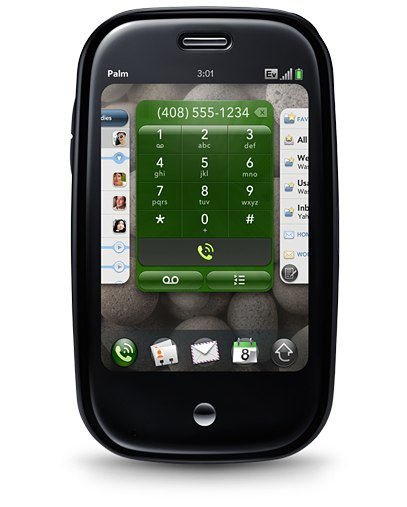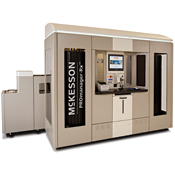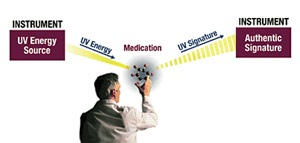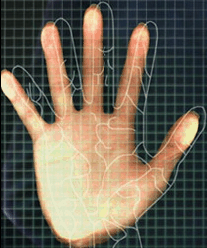 The Palmdoc Chronicles:†I’ve had a Palm Pre for about 2 months now and I can declare that the device has seen tremendous improvement with firmware updates (pushed OTA) and a steadily increasing amount of useful applications in the Palm App Catalog and the unofficial Homebrew scene.
The Palmdoc Chronicles:†I’ve had a Palm Pre for about 2 months now and I can declare that the device has seen tremendous improvement with firmware updates (pushed OTA) and a steadily increasing amount of useful applications in the Palm App Catalog and the unofficial Homebrew scene.
How usable is it as an smartphone for doctors? Well I can say it pretty much does replace your old PalmOS device as it is. One of the cool features of the old Palm PDAs is the ability to keep snippets of information in the Memos (Notes) in various categories for instant recall. These notes may be protocols, clinical pearls or practically any bits of information which you want to look up while rounding for instance.
WebOS’ builtin “post-it†type Memos is ok if you are keeping about 10-20 notes but pretty useless if you are talking about 300-500 notes or more. There are several solutions at hand which overcome this limitation.â€
The blog goes on to describe a few applications that can be used to create a peripheral brain out of the Palm Pre smartphone. One of these applications is the ever popular Evernote, which I use daily on my tablet PC as well as my Droid.
The information presented at the Palmdoc Chronicles isn’t restricted to the Palm WebOS. The iPhone, Motorola DROID, RIM BlackBerry devices, and a host of other smartphones are capable of storing memos, notes, PDFs and numerous other forms of information documentation.
The idea of using a PDA as a peripheral brain isn’t new. Felkey and Fox 1 were talking about it back in 2002 when the precursor to the Palm WebOS was popular among healthcare professionals. It’s interesting how the idea is as good today as it was nearly a decade ago.
1. Felkey BG, Fox BI. PDA interface: Creating the Digital Peripheral Brain. Hosp Pharm. 2002; 37:1222-1224


 CDEX’s technology stands alone, able to precisely identify medications in real time with its patented Enhanced Photoemission Spectroscopy technology.
CDEX’s technology stands alone, able to precisely identify medications in real time with its patented Enhanced Photoemission Spectroscopy technology.
 Biometric scanning is an interesting notion. It’s nothing new and I’ve blogged about the possible uses of
Biometric scanning is an interesting notion. It’s nothing new and I’ve blogged about the possible uses of